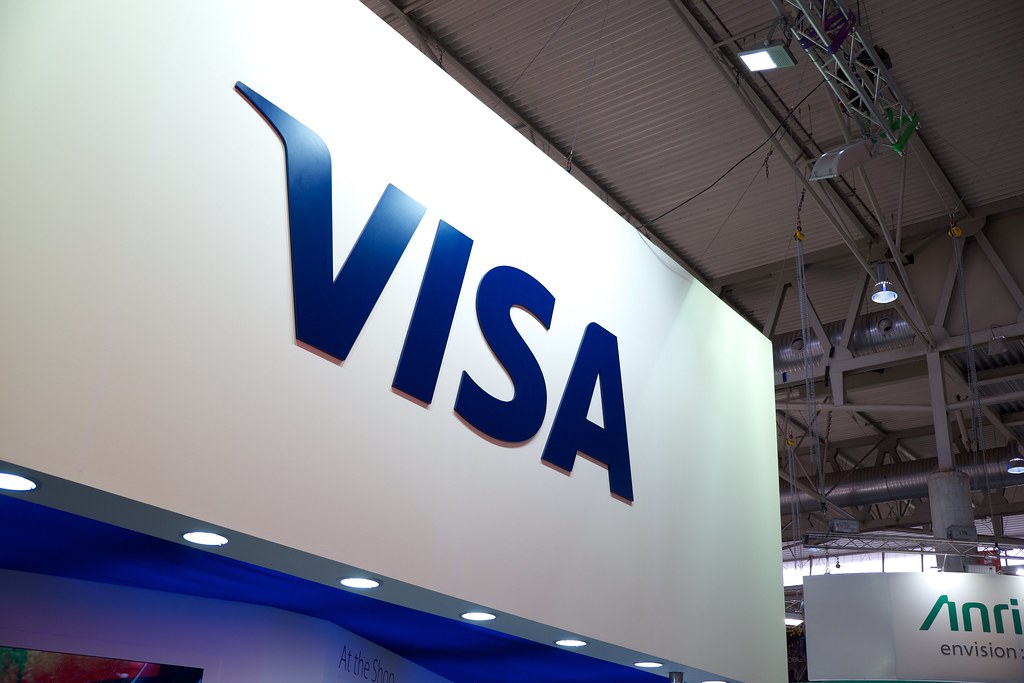
Visa has officially launched its new Visa Tokenized Asset Platform (VTAP), aimed at facilitating the issuance and management of digital assets.
On October 3, Visa announced the VTAP, which is designed to support a diverse array of tokenized assets, including stablecoins and central bank digital currencies (CBDCs). This platform represents Visa’s continued commitment to integrating blockchain technology into its operations.
According to Visa, the VTAP is currently in a sandbox phase, with participants such as Banco Bilbao Vizcaya Argentaria (BBVA) testing its core functionalities. This testing phase allows Visa to refine the platform and ensure it meets the needs of its intended users.
The platform is specifically tailored for institutional investors and central banks, providing a comprehensive infrastructure for the secure minting, transferring, and settling of digital assets across both public and permissioned blockchains.
Vanessa Colella, Visa’s global head of innovation and digital partnerships, expressed enthusiasm about the platform’s potential:
“We’re excited to leverage our experience with tokenization to help banks integrate blockchain technologies into their operations.”
Visa envisions the VTAP as a powerful tool for banks, enabling them to digitize and automate workflows. For example, a bank could automate the administration of complex credit lines using smart contracts and fiat-backed tokens to facilitate payments when specific terms are met.
Another potential use case involves allowing customers to utilize fiat-backed tokens to purchase tokenized commodities or tokenized treasuries, with transactions settled on-chain in near-real-time.
Future Plans for VTAP
Visa plans to move VTAP into a live pilot phase with selected customers in 2025, utilizing the public Ethereum blockchain for these initiatives. This timeline demonstrates Visa’s commitment to furthering its presence in the digital asset space.
A critical aspect of Visa’s vision for VTAP is its interoperability with different blockchain networks.
“With a single API connection to VTAP, in the future, banks can enable multiple use cases and interact with partners and clients on both permissioned and public blockchains.”
By facilitating this kind of interoperability, Visa aims to position VTAP as a bridge between traditional finance and decentralized finance, offering minimal technical integration. This design enables participating banks to access features that are “always on and more efficient.”
Despite its innovative strides in the digital asset arena, Visa is currently facing scrutiny from U.S. authorities. On September 24, the Department of Justice (DOJ) filed an antitrust lawsuit against the company, alleging that it operates a monopoly in the debit payments sector.
Antitrust Allegations
The DOJ’s claims center around Visa’s use of exclusivity agreements and threats of penalties against vendors to maintain its competitive advantage. This lawsuit highlights concerns regarding Visa’s market practices and their implications for competition in the payments industry.
Just two days later, a report from the consumer watchdog Accountable.US criticized Visa and Mastercard, suggesting that both companies operate as a duopoly to stifle competition within the debit and credit card payments sector.
The introduction of Visa’s Tokenized Asset Platform marks a significant advancement in the company’s efforts to integrate digital assets into traditional banking frameworks. By enabling banks and financial institutions to manage tokenized assets efficiently, Visa is positioning itself as a key player in the evolving financial landscape.
As the platform moves into its pilot phase, the outcomes could reshape the interaction between traditional finance and digital assets. However, Visa must navigate ongoing regulatory challenges as it pushes forward with its innovative initiatives.
| Key Details of Visa’s Tokenized Asset Platform (VTAP) | Information |
|---|---|
| Announcement Date | October 3 |
| Targeted Assets | Stablecoins and CBDCs |
| Current Phase | Sandbox phase with BBVA as a participant |
| Audience | Institutional investors and central banks |
| Key Features | Secure minting, transferring, and settling digital assets |
| Future Plans | Live pilot phase with select customers in 2025 |
| Blockchain Utilization | Public Ethereum blockchain |
| Interoperability | Single API connection for multiple use cases |
| Regulatory Scrutiny | Facing antitrust lawsuit from the DOJ |
Featured image credit: Kārlis Dambrāns via Flickr
Follow us for more breaking news on DMR
